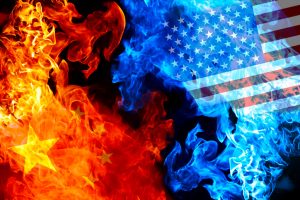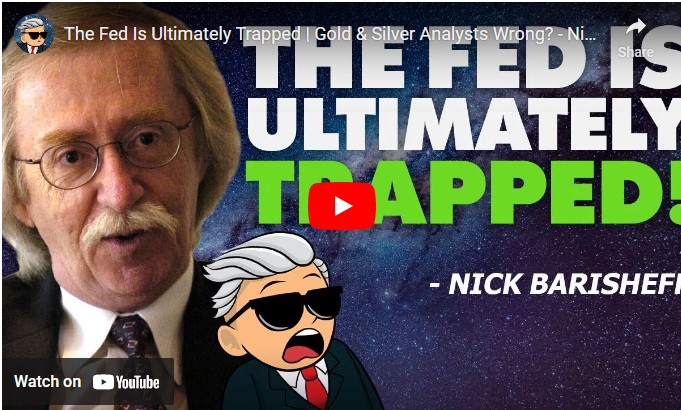Just Like The 1930s, This Trade War Has The Potential to Turn Nasty
The comments below are an edited and abridged synopsis of an article by The Guardian
In the 1930s, a trade war followed a currency war, and tariffs were used as a protectionist weapon, followed by attempts to secure a competitive advantage by exchange-rate manipulation. This could be the story of the 2020s as well.

There are historical parallels. In 1930, the US raised tariffs on imported goods, then Britain came off the gold standard. Sterling lost 25% of its value against the US dollar, making British exports cheaper on world markets. Soon after becoming president in 1933, Roosevelt unpegged the dollar from gold, eroding Britain’s advantage.
In 2018, Trump announced that he was putting tariffs on imported aluminium and steel, beginning the trade war between the US and China.
Last week, ECB President Mario Draghi hinted that fresh stimulus to boost both growth and inflation in the Eurozone was coming; interest rates will be cut, and QE will be resumed. These comments had two effects: The euro dropped against the dollar, and Trump got upset, because the weaker euro will make it easier for Europe to compete against the US.
The US sees the EU as just as big a threat as China. Within 36 hours, the Fed had signalled that it, too, was planning to cut interest rates, and the euro gained ground against the dollar. This has the potential to turn nasty.
But if one currency is depreciating, another currency must be appreciating. Japan wants a weak yen; China wants a competitive yuan; Europe wants a lower euro; the US is opposed to a stronger dollar. As was the case in the 1930s, beggar-thy-neighbour currency devaluation is a zero-sum game that is hard to win.

